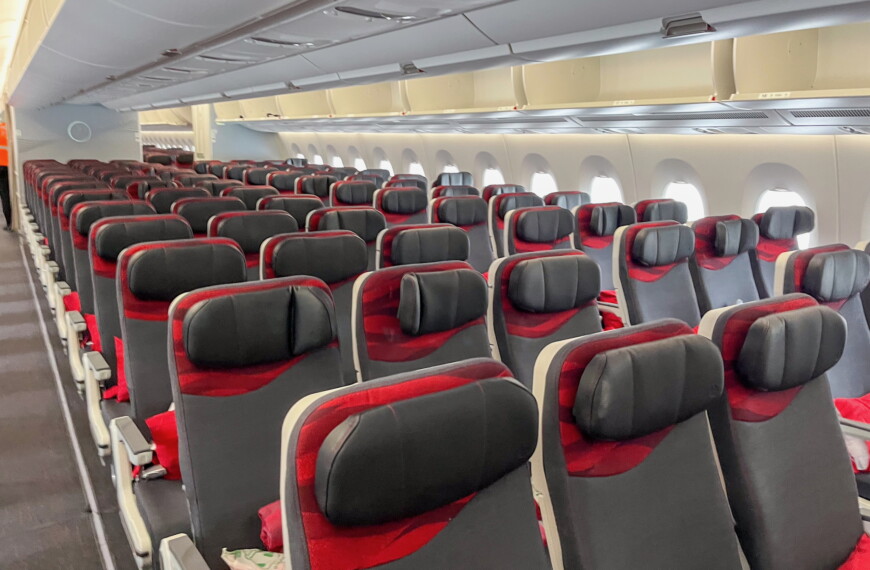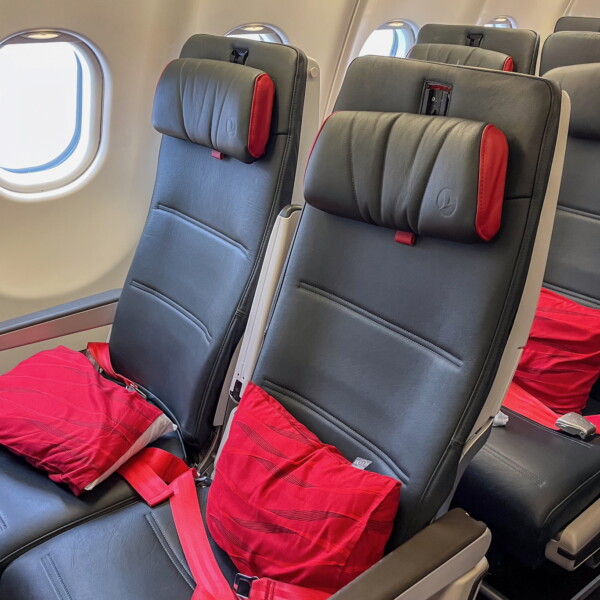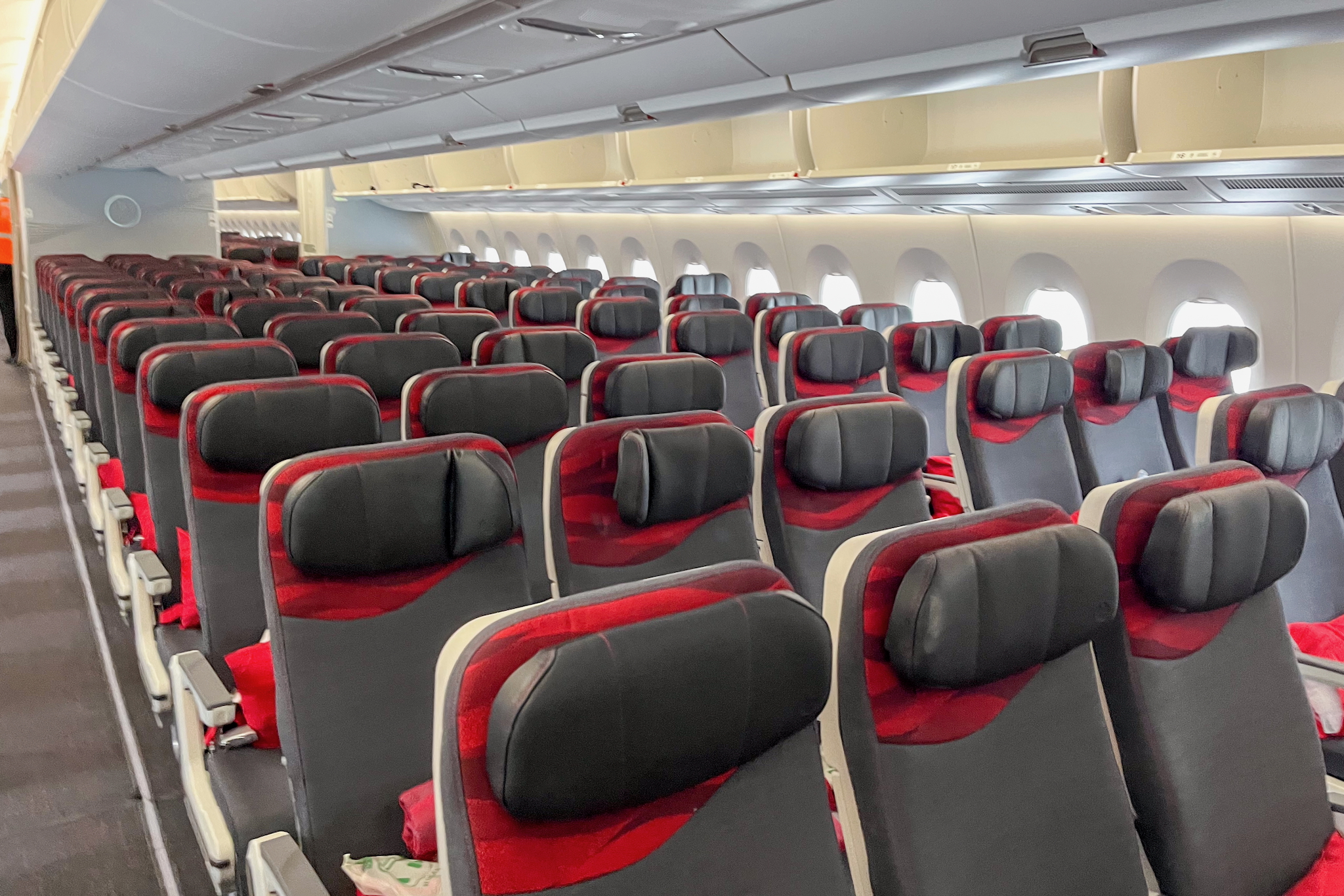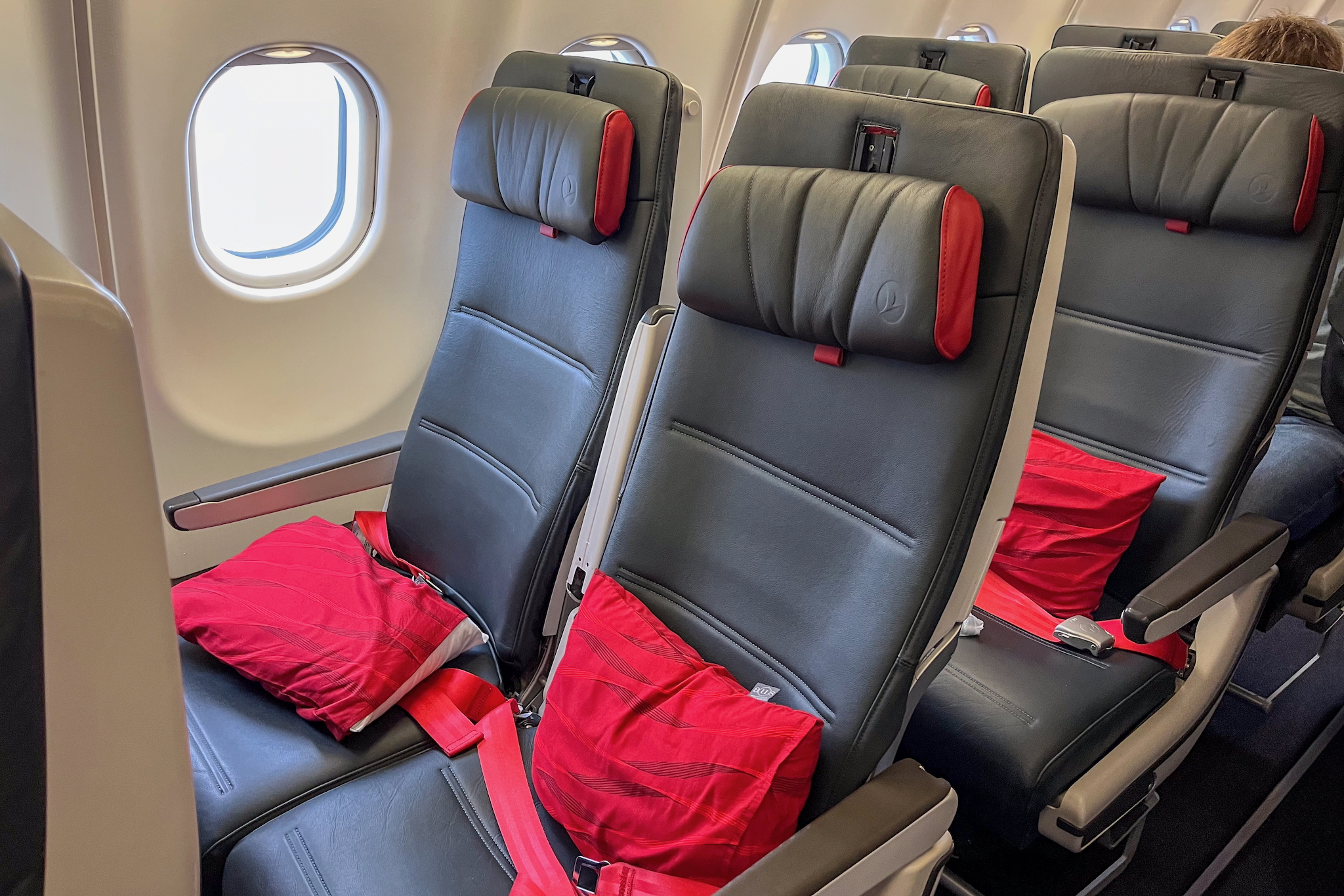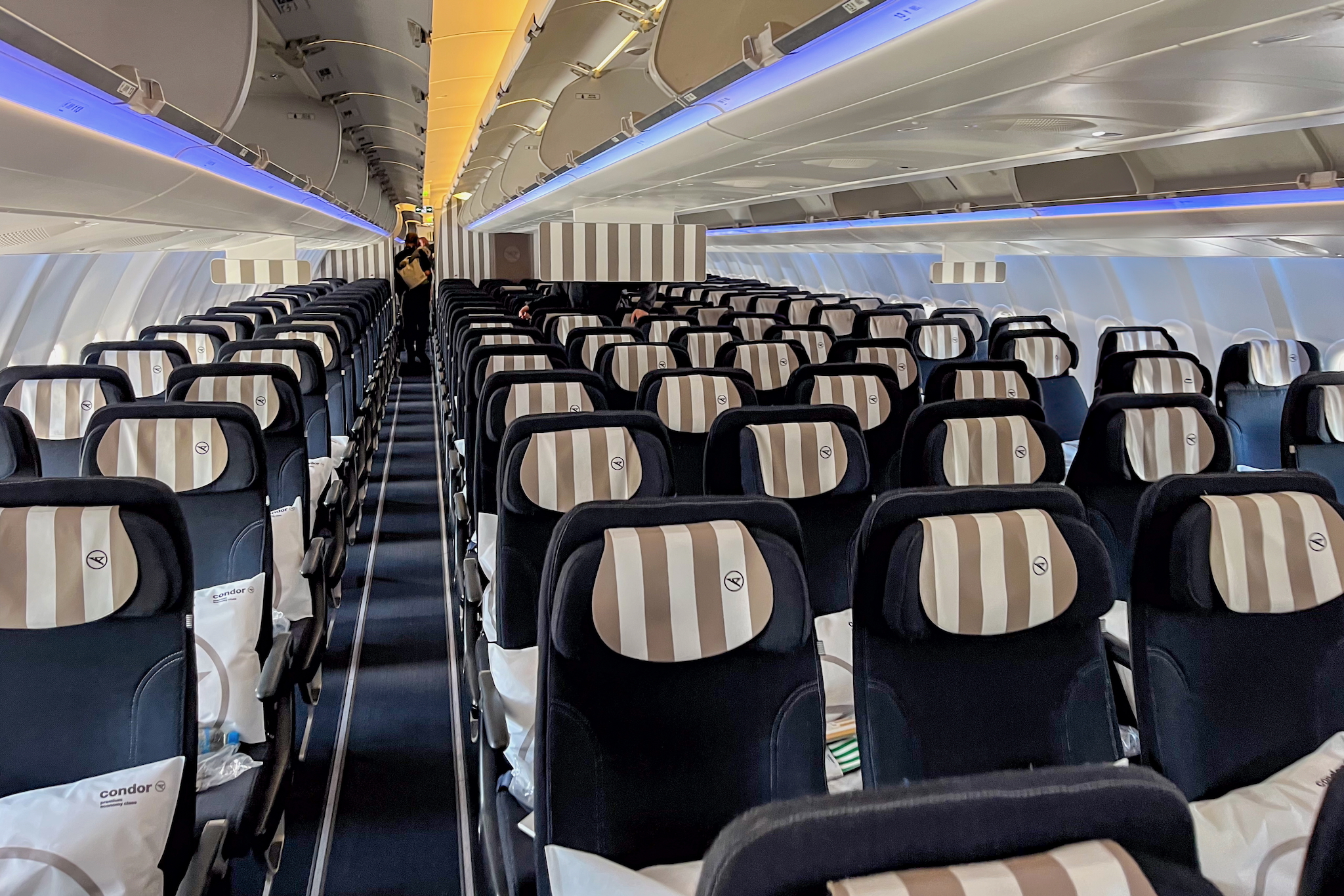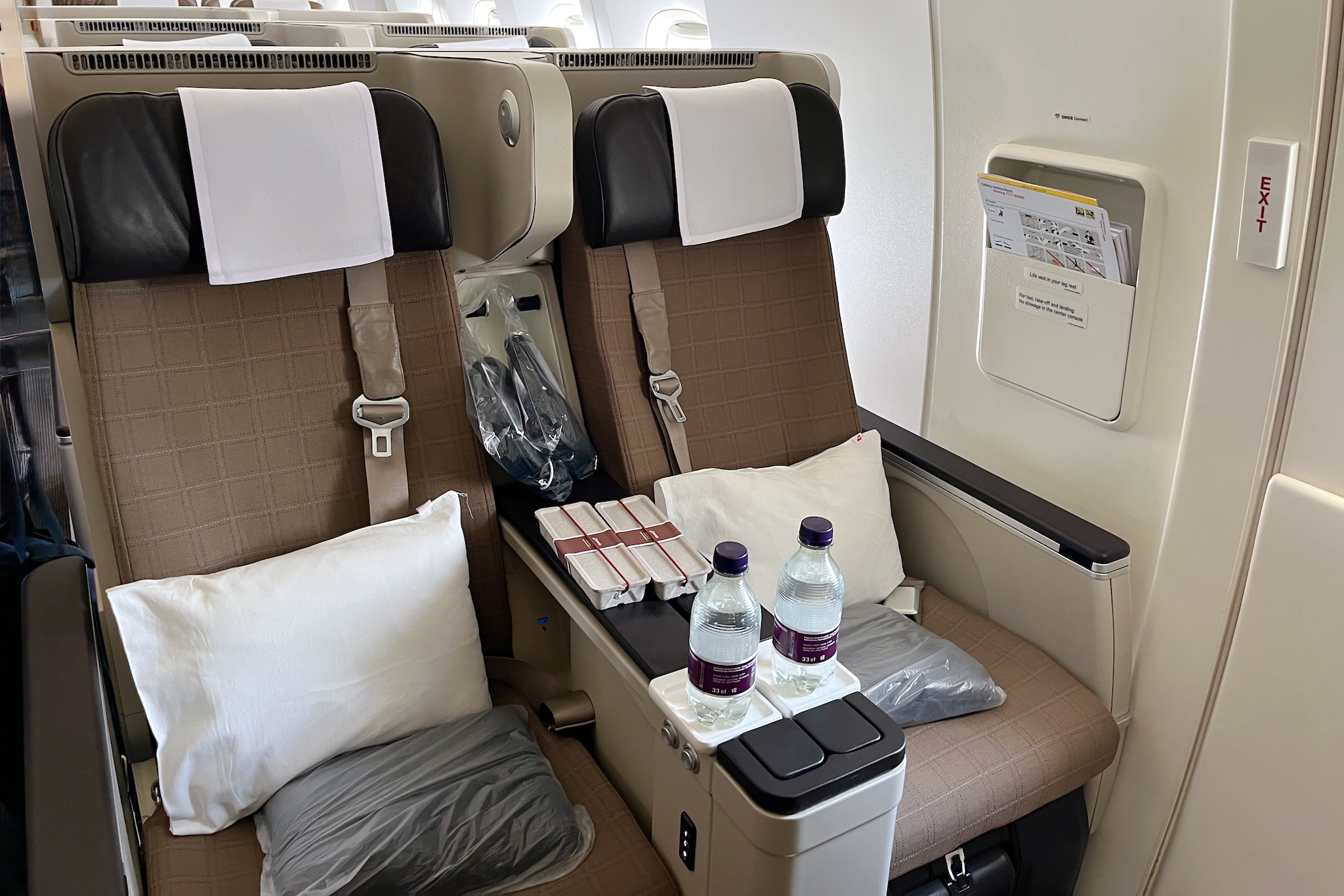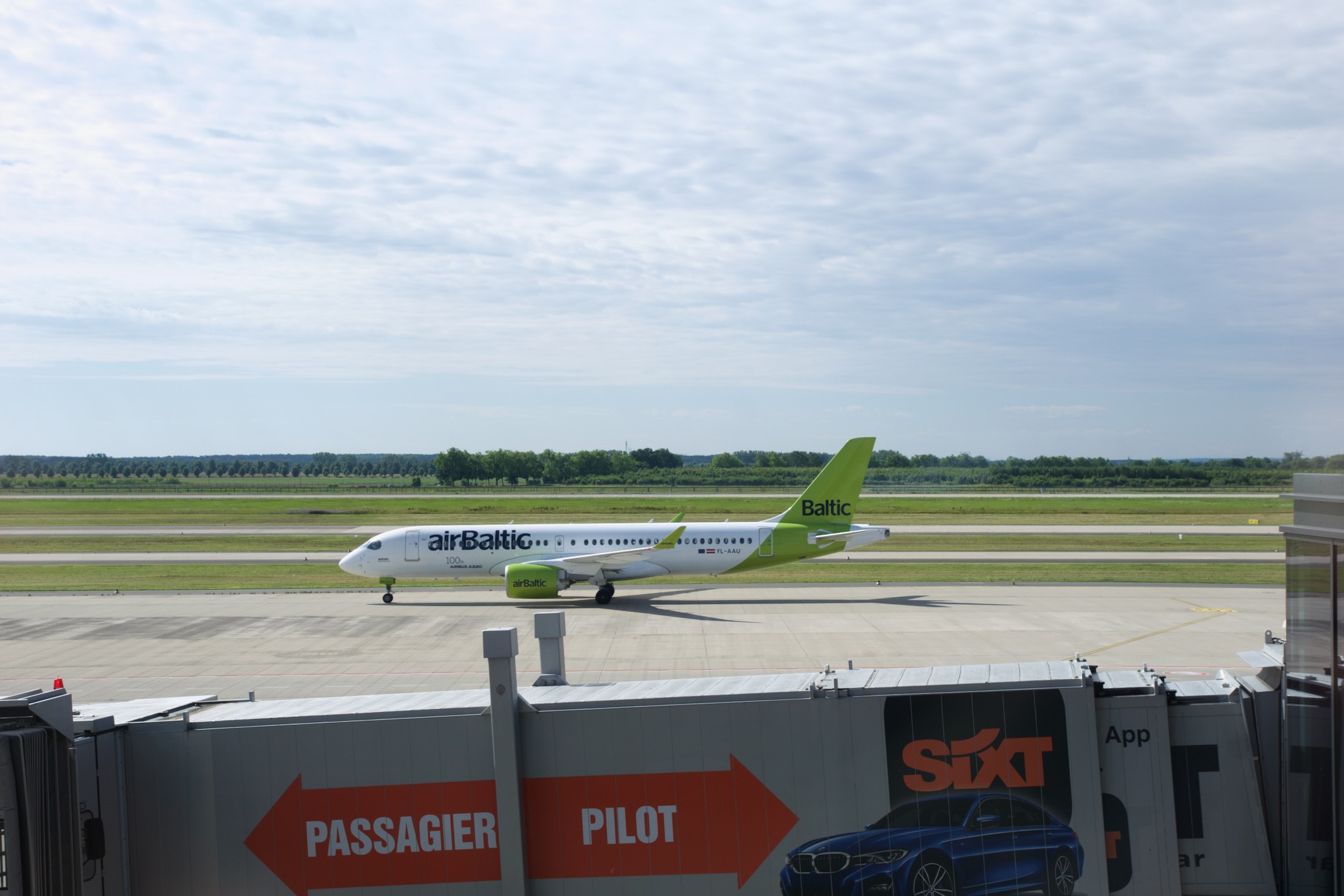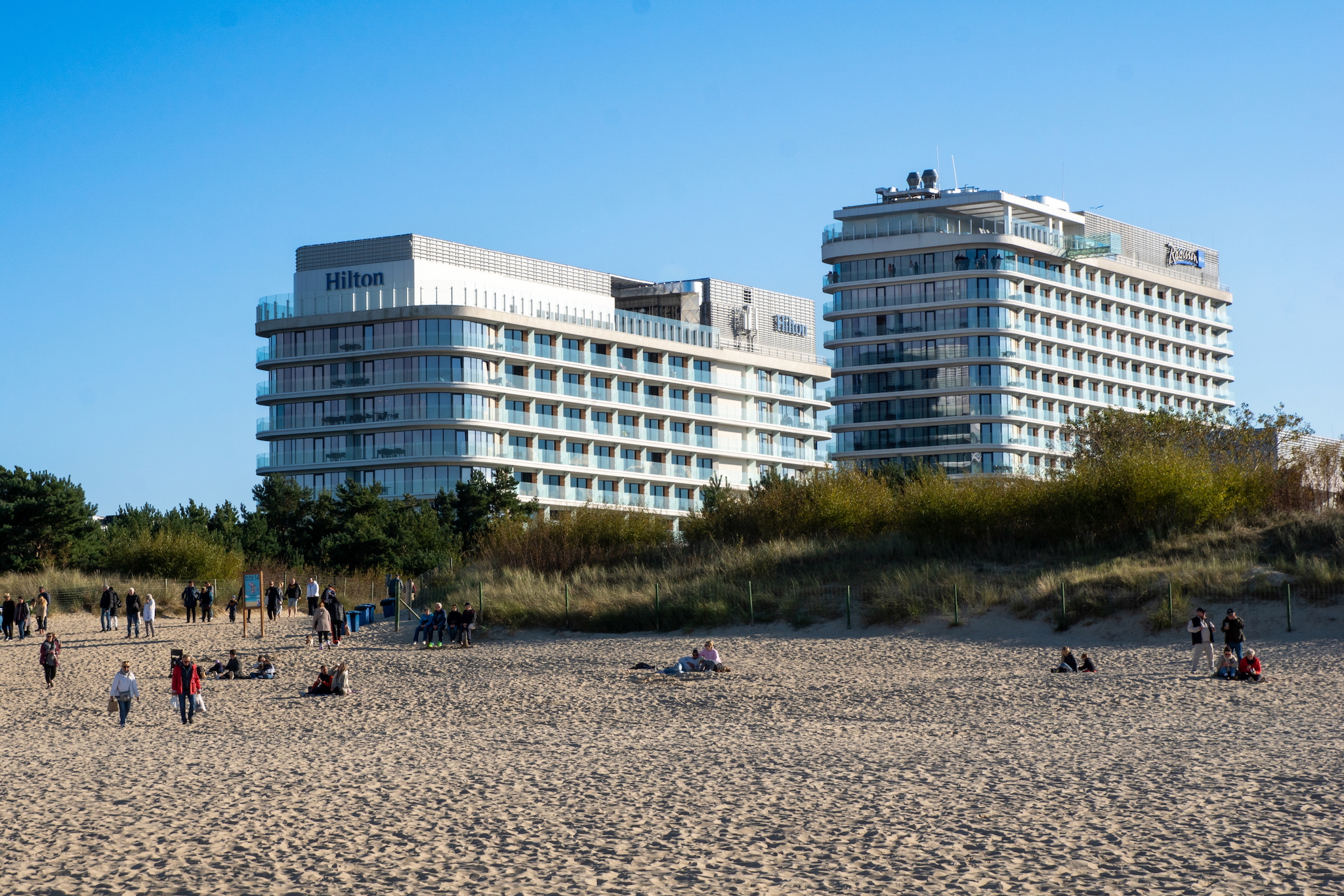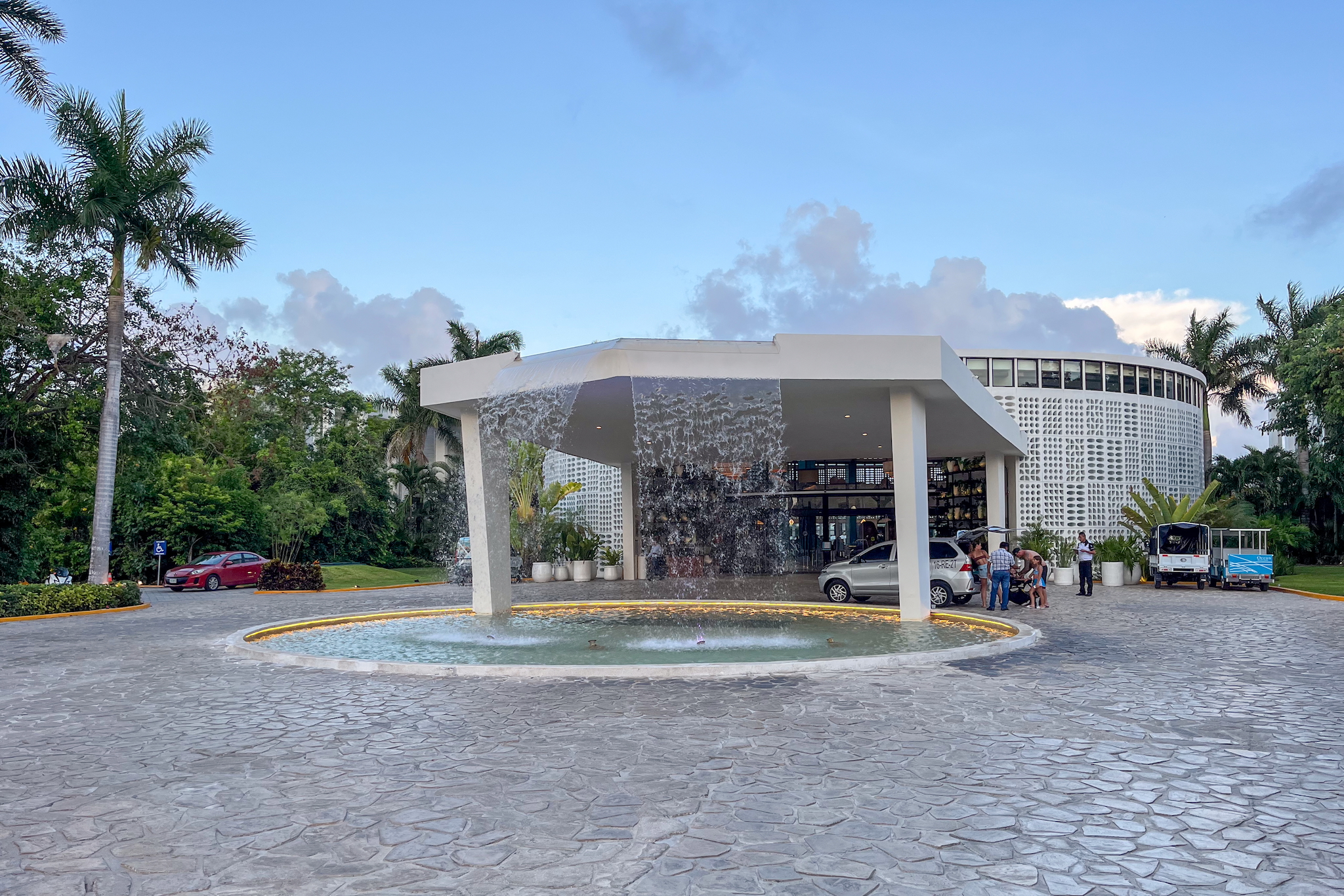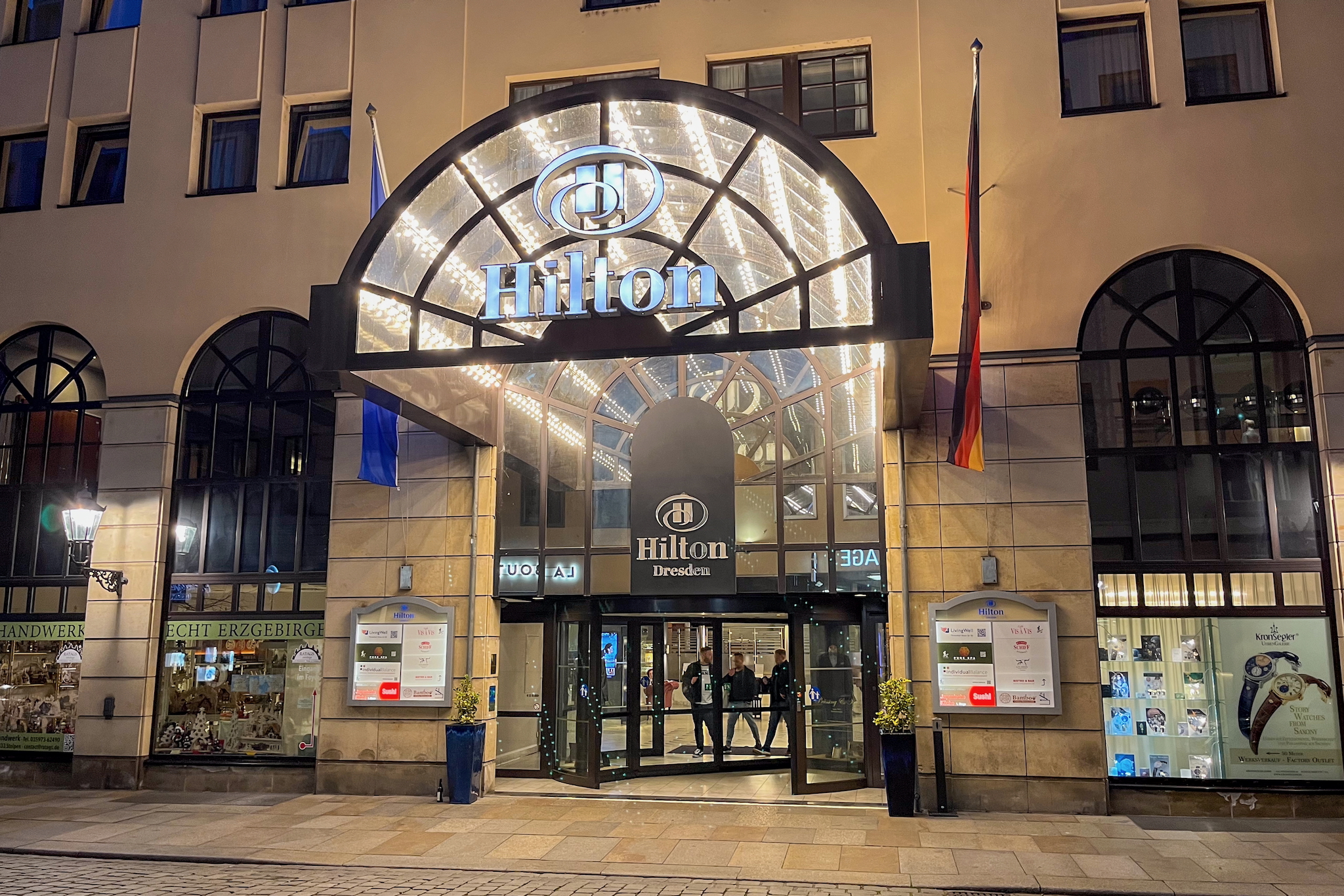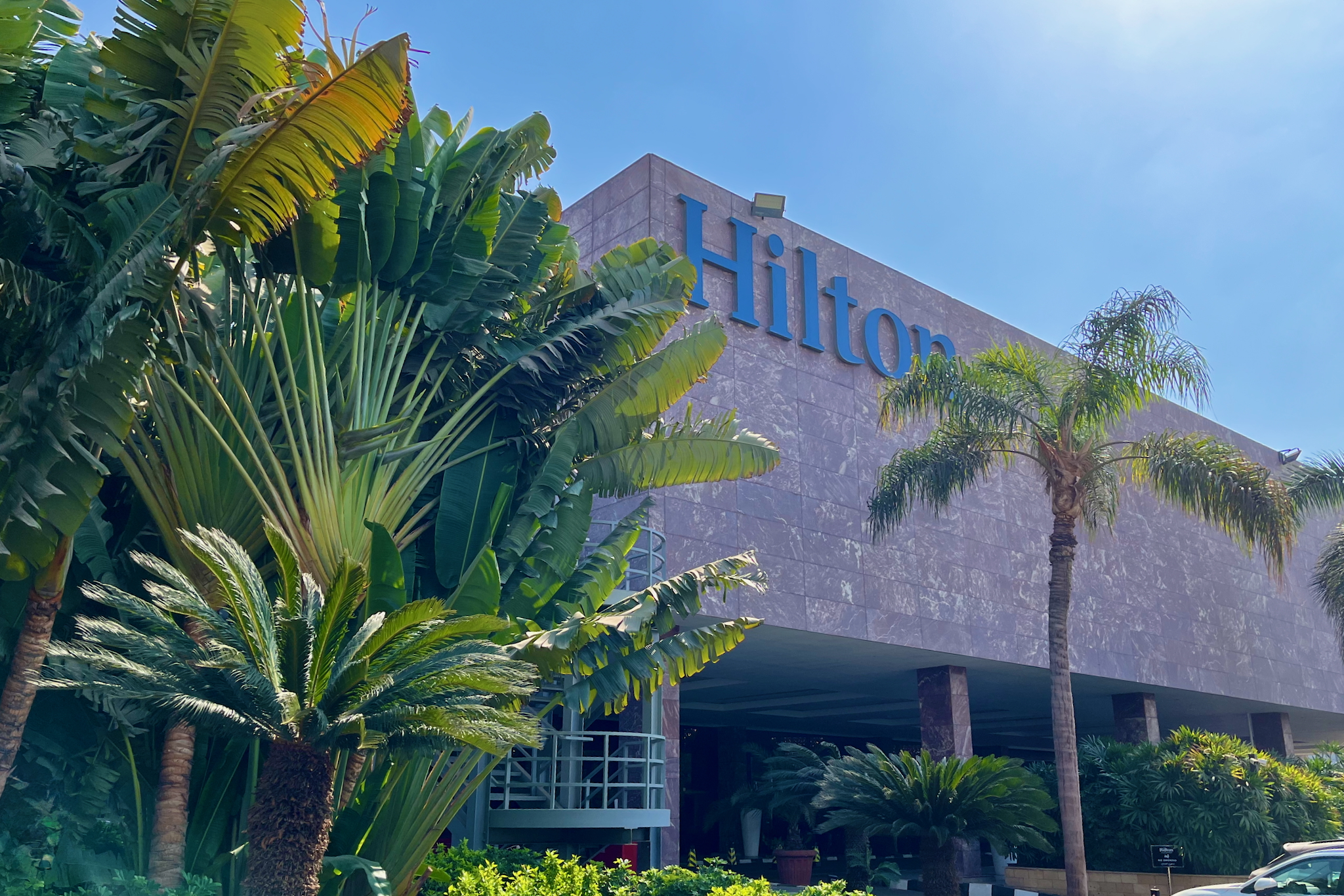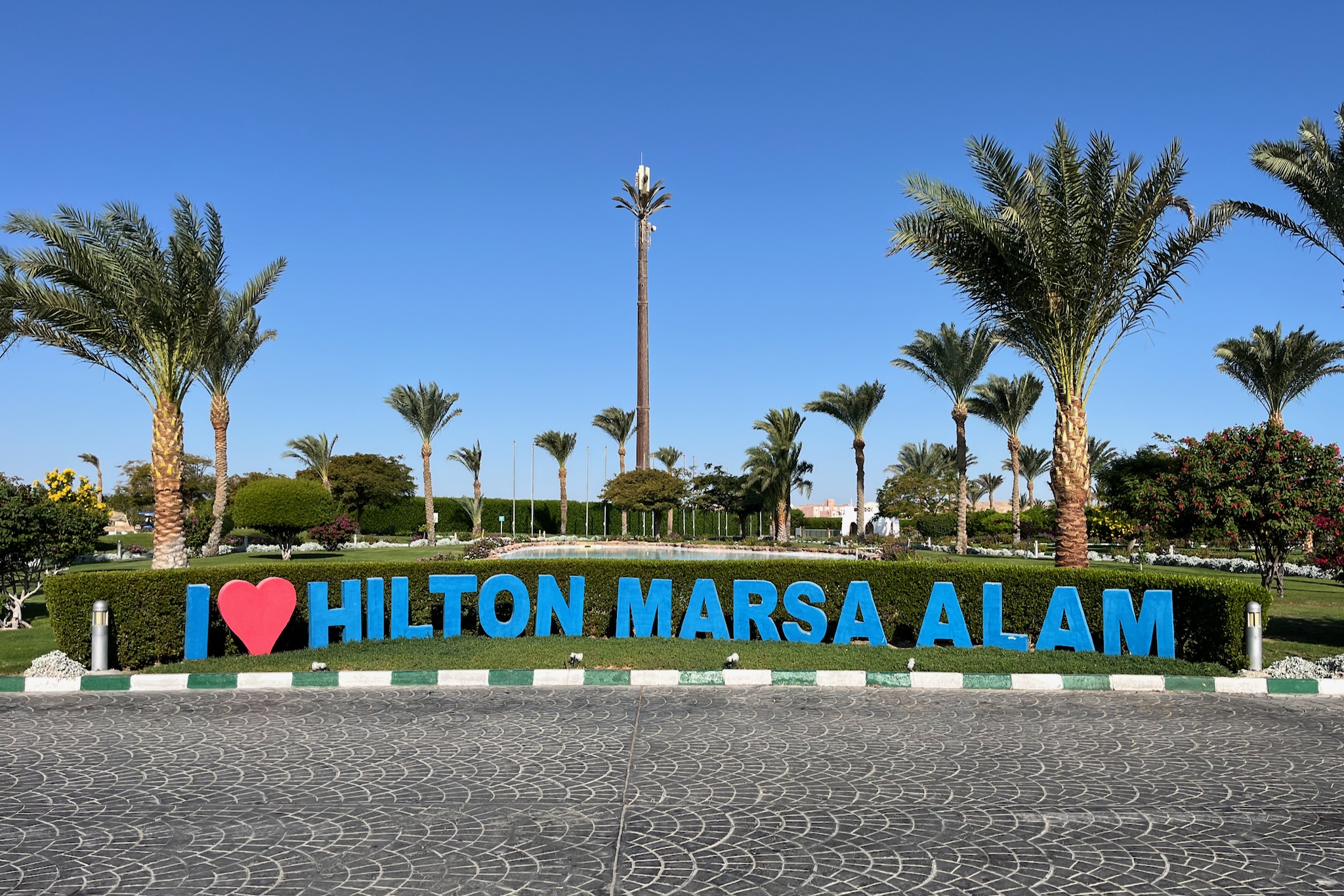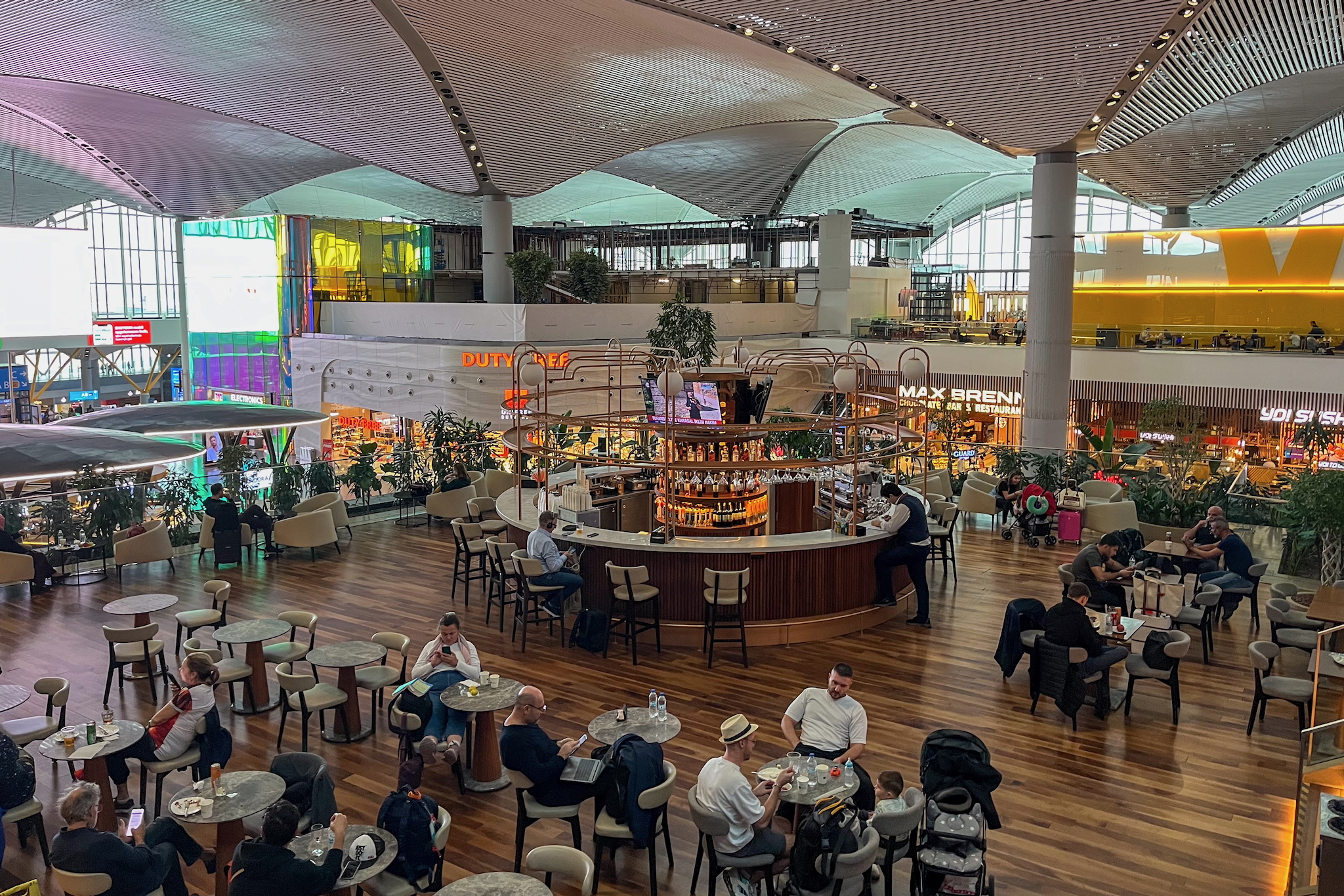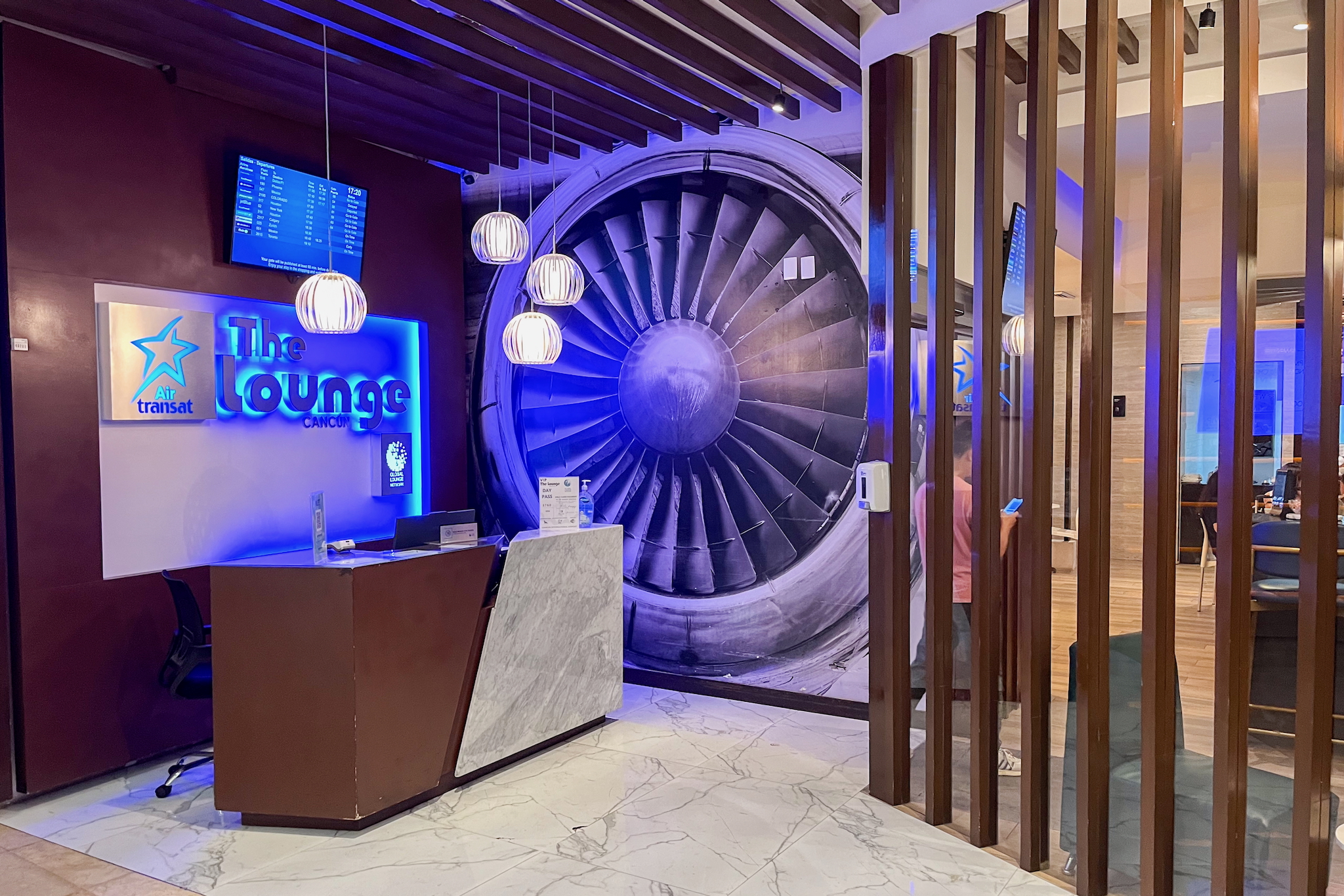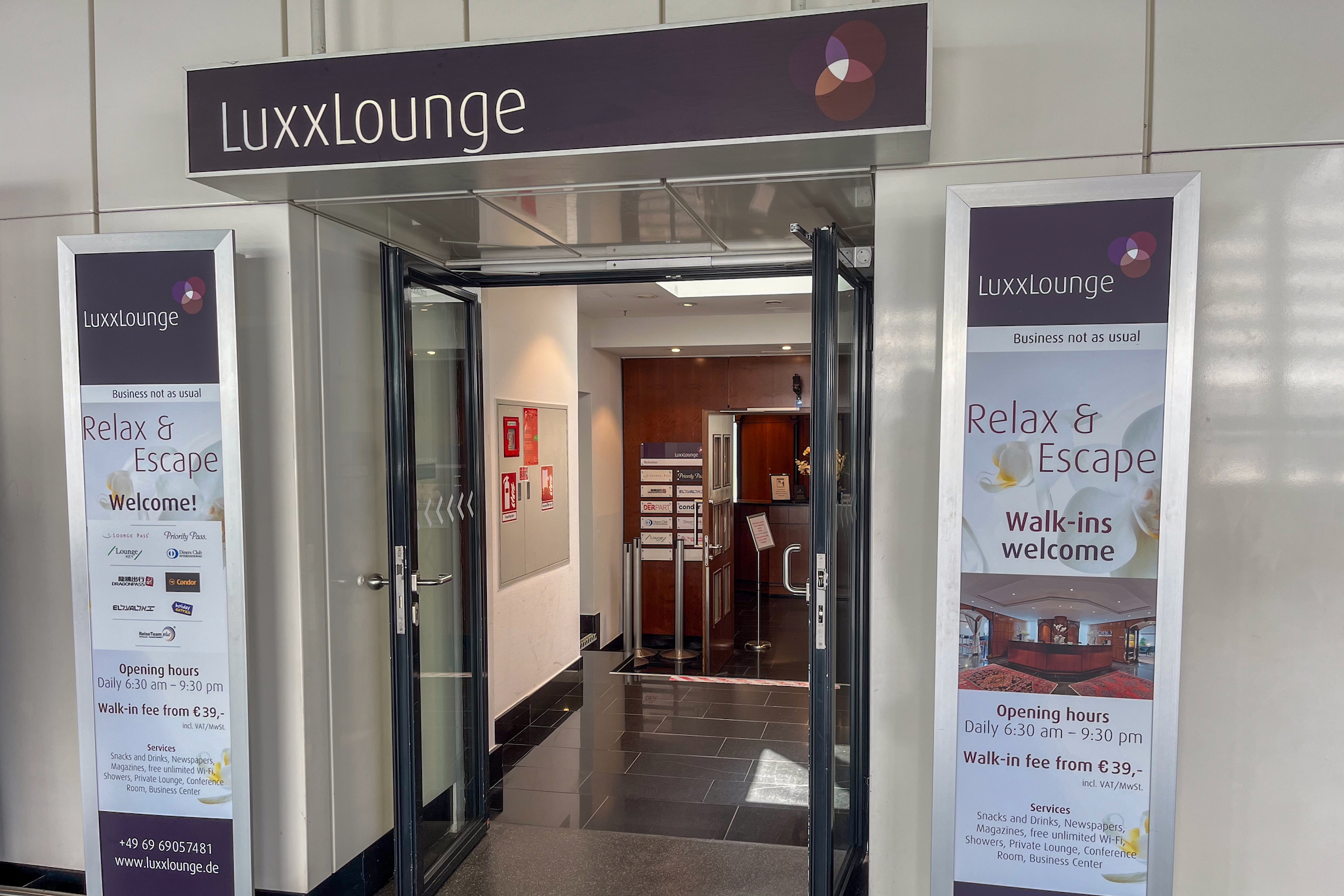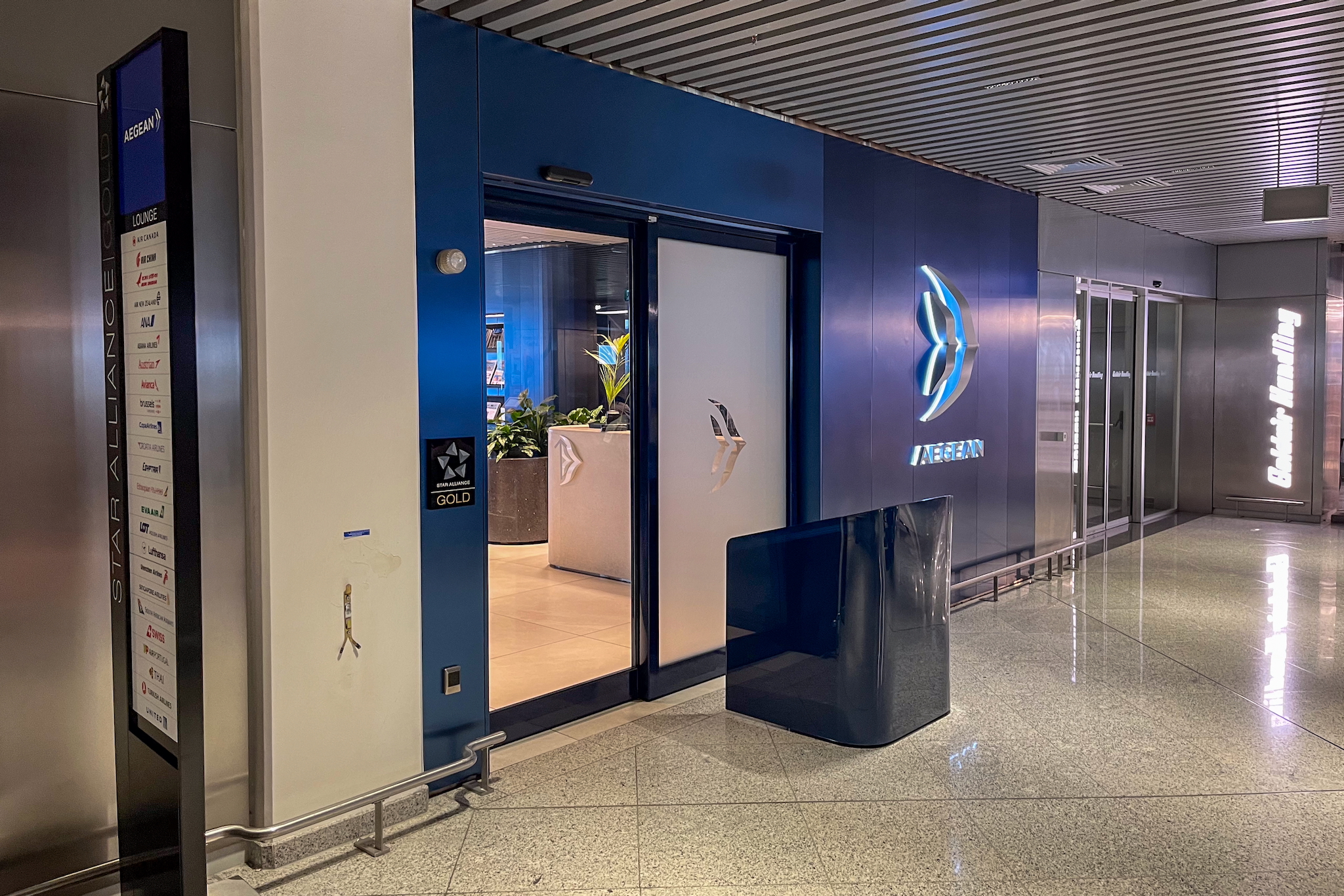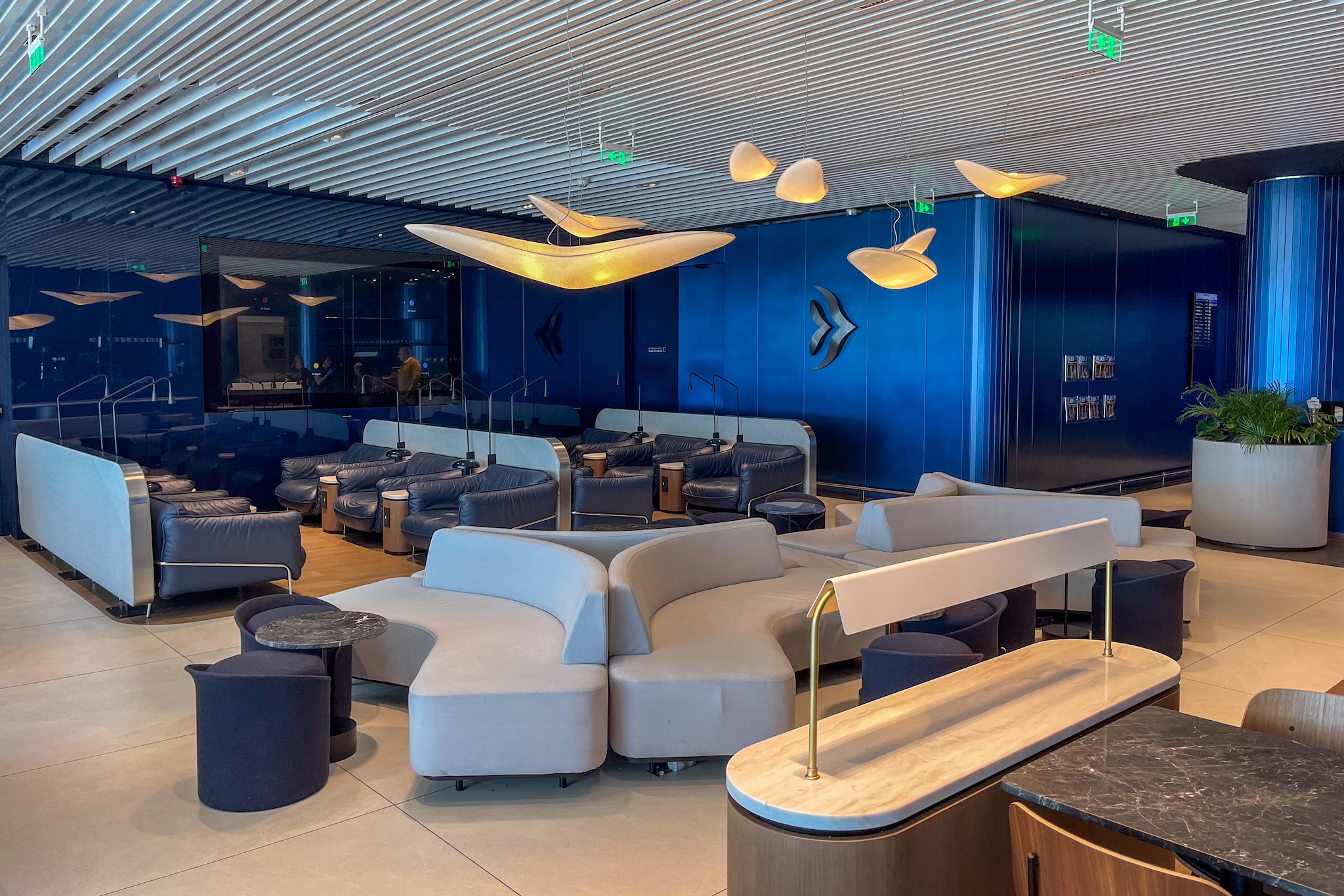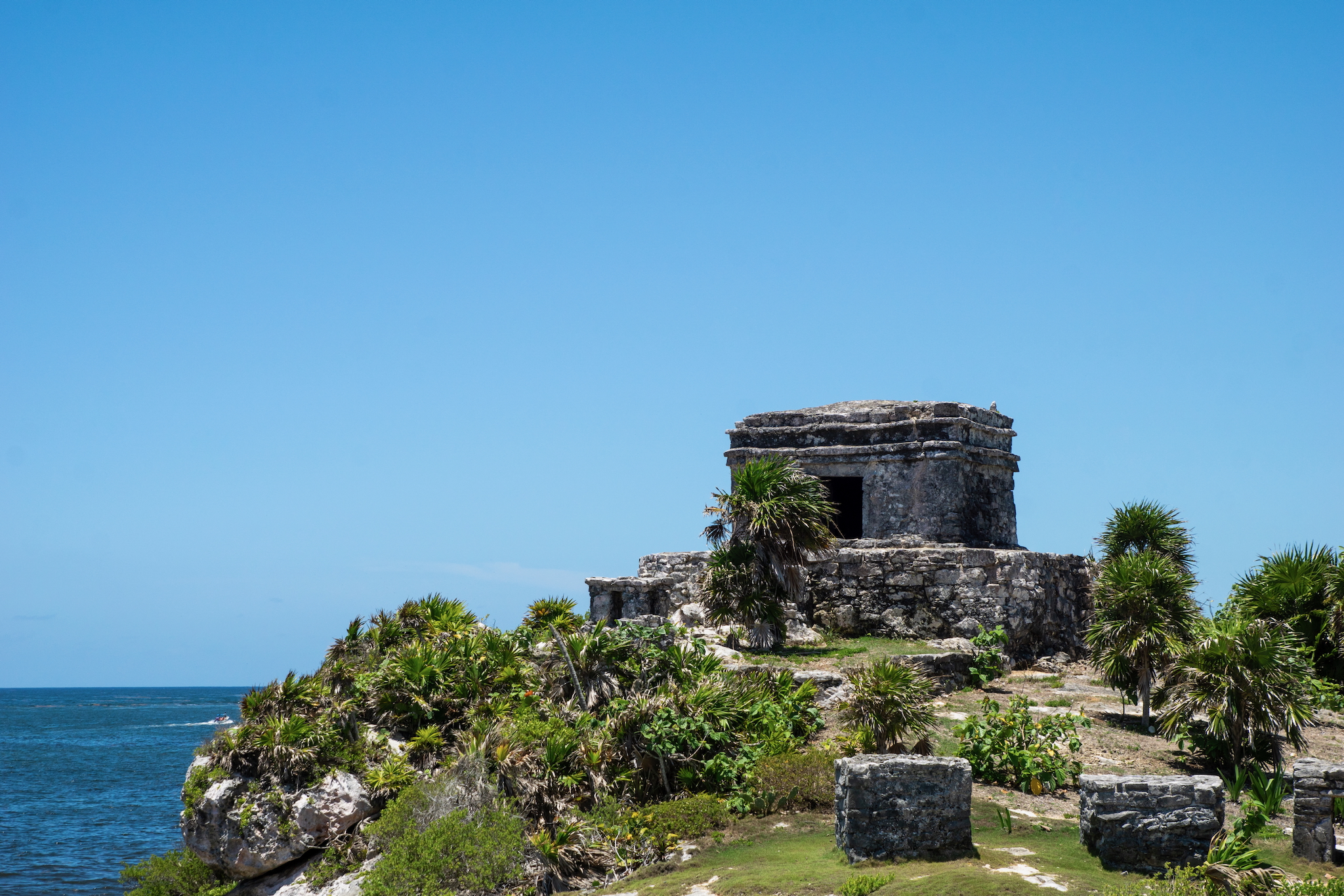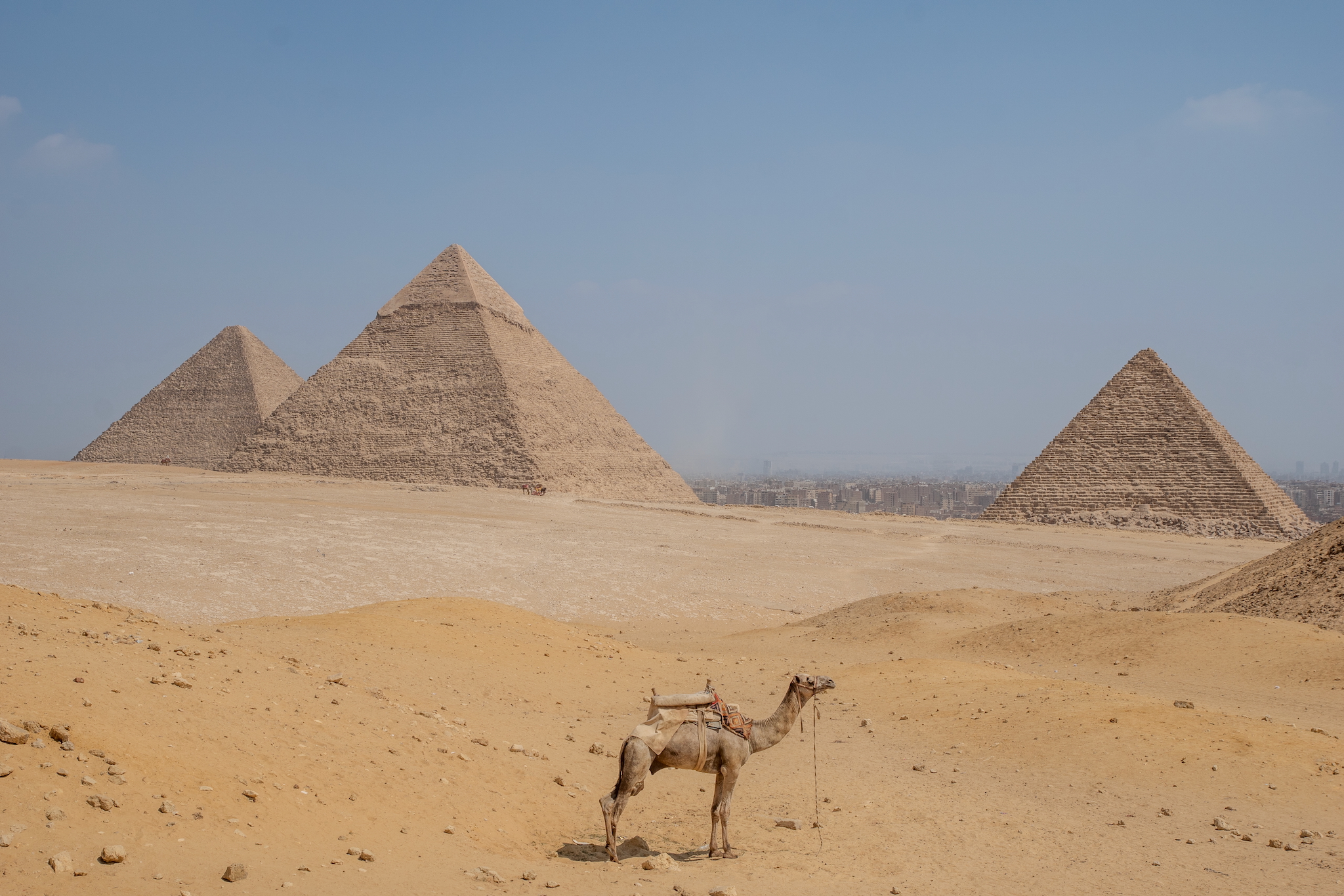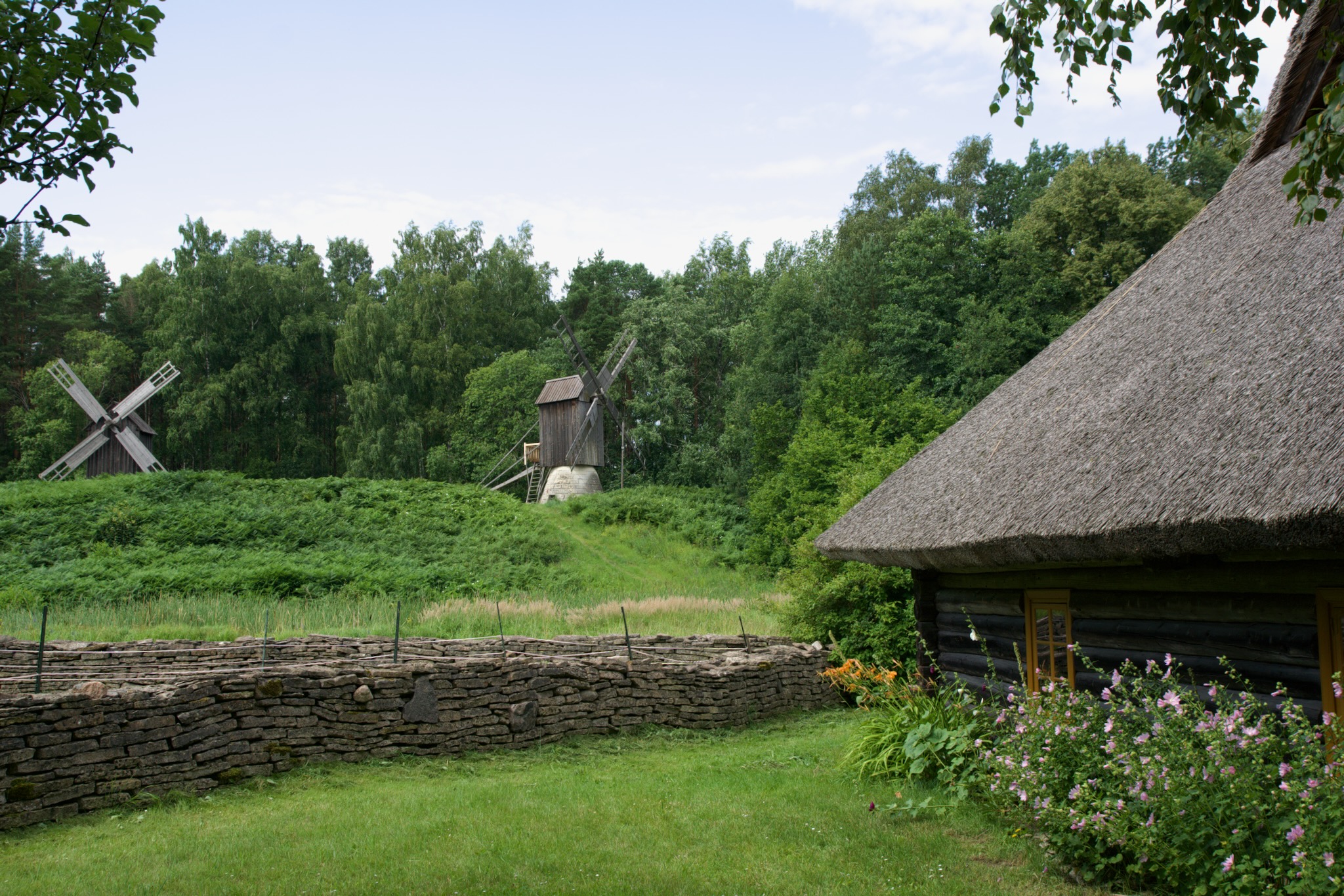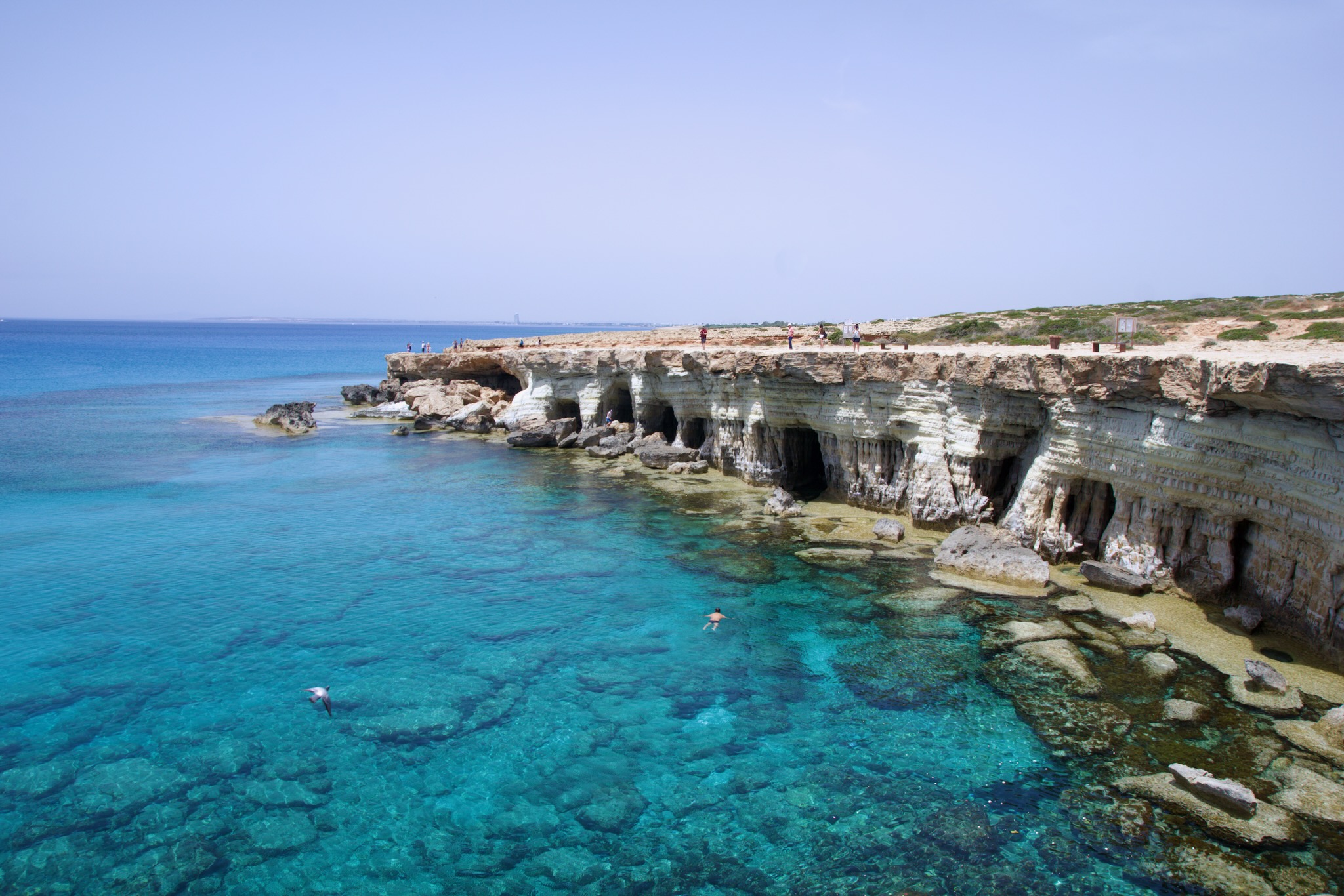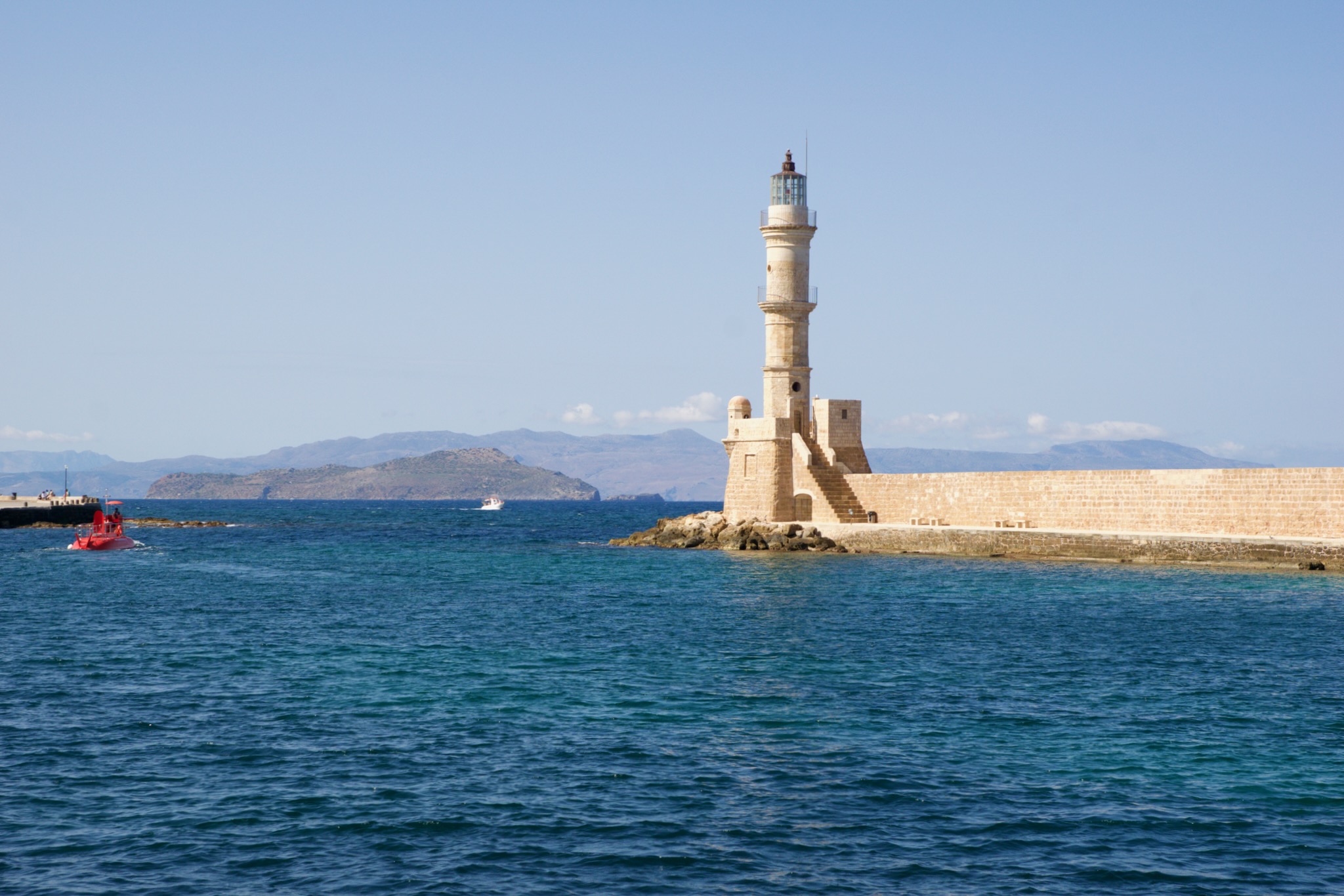Welcome to miles-around!
Welcome to our travel blog! Everything here focuses on varied travel destinations for ambitious couples and families. Dive into exciting trip reports from the world of aviation, discover reviews of luxurious hotel concepts and be inspired by romantic city breaks. We also share our best tips for culinary highlights to make every trip an unforgettable experience. Join us on our adventures and find your next dream destination!
Current posts
Airline reviews
Turkish Airlines Economy Class Airbus A350 to Singapore
Our long-haul flight with Turkish Airlines Economy Class on the Airbus A350 took us from Istanbul to Singapore. A modern aircraft, Do & Co catering, and a comprehensive in-flight entertainment program sounded like solid prerequisites for a pleasant flight. In this review, we describe our experiences with booking, the cabin, the seat, the food on board, and the in-flight entertainment, and assess how well Economy Class actually performed on this route.
Turkish Airlines Economy Class A330: Review from Berlin to Istanbul
The flight with Turkish Airlines Economy Class in the Airbus A330-300 from Berlin to Istanbul was the first leg of our autumn holiday trip to Singapore. We had specifically chosen this connection because of the good transfer times in Istanbul and were curious to see how Turkish Airlines would perform on this medium-haul route. In my review below, you can find out how comfortable the seats really were, what food was available on board and how good the entertainment system was.
Condor Premium Economy Airbus A330neo to Cancun
An upgrade to Condor Premium Economy Class – is it really worth it on long-haul flights? We flew Condor's Airbus A330neo from Frankfurt to Cancún and tested what Premium Economy Class has to offer on board – from seat comfort to catering and in-flight entertainment. We share our impressions and experiences in this detailed review.
SWISS Premium Economy in the Boeing 777-300ER to Zurich
In October 2023, we had the opportunity to experience SWISS Premium Economy on a long-haul flight from Bangkok to Zurich in a Boeing 777-300ER. Premium Economy promises more comfort and service than regular Economy Class and is aimed at travellers who value a more pleasant travel experience on long-haul flights. In this trip report, we provide a detailed insight into the cabin, seat comfort, catering and in-flight entertainment system. We also examine whether SWISS Premium Economy lives up to its premium claim.
airBaltic Economy Class Airbus A220-300 to Tallinn
Our summer holiday was just around the corner and we were still looking for a suitable destination. As we had already been to Greece over Whitsun, we decided against the Mediterranean. We flirted with the Baltic States for a long time and finally decided in favour of Estonia. After careful consideration, we decided to travel to Tallinn with the budget airline airBaltic. In our travel report you can find out everything about the cabin, the seating comfort and the equipment of the airBaltic Economy Class Airbus A220-300. This report is ideal for anyone planning a trip with airBaltic and looking for detailed information.
Load more airline reviews
Hotel reviews
Hilton Świnoujście Resort & Spa
We have been to Usedom many times and visited Świnoujście on several occasions, but had never tried the Hilton Świnoujście Resort & Spa before. We wanted to change that this autumn. At first glance, it was clear that a lot had changed around the promenade. In this review, I share our experiences: from booking and upgrading to a suite to breakfast and the water park. If you are planning to spend a weekend on the Polish Baltic Sea yourself, our hotel review will give you a realistic impression of the Hilton Świnoujście Resort & Spa.
Ocean Riviera Paradise
Dreamy beaches, a tropical flair, and a massive all-inclusive package – the Ocean Riviera Paradise in Playa del Carmen promises a relaxing summer vacation full of enjoyment. But how good is this five-star resort really? In our review, we'll take you on a journey: from booking and arrival to the rooms, restaurants, and breakfast, as well as the diverse leisure and recreational options. Whether you're a family vacation, an adults-only guest, or a Privilege guest – we'll show you what awaits you at the Ocean Riviera Paradise and where the resort still has room for improvement.
Hilton Dresden
The Hilton Dresden is an established city hotel in the heart of the historic old town, just a few steps away from the Frauenkirche, the Semper Opera House and the banks of the Elbe. In our experience review, we share our impressions of our stay in a King Junior Suite Duplex, the breakfast offer, the Executive Lounge and the spa and fitness area. Whether city travellers, business travellers or Hilton Honors members - the hotel has a lot to offer, but also has some small weaknesses.
Hilton Cairo Heliopolis
The Hilton Cairo Heliopolis offered us a successful combination of comfort, hospitality and excellent transport links during our stay in Egypt's vibrant capital. With its spacious rooms, an executive lounge and numerous relaxation options, the hotel is an excellent choice for business and leisure travellers. But what does it look like in detail? Our experience reveals it.
Hilton Marsa Alam Nubian Resort
The Hilton Marsa Alam Nubian Resort is a popular choice for travellers who want to experience the beauty of Egypt's Red Sea. As part of the renowned Hilton group, the hotel combines a versatile all-inclusive offer with breathtaking access to nature – especially the colourful house reef right on the hotel beach. In this review, we share our impressions of our stay, including highlights such as snorkelling on the reef, the various pools and the culinary offerings. Find out if this resort is the perfect place for your next holiday!
Load more hotel reviews
Lounge reviews
iGA Lounge Istanbul
On our flight from Berlin to Singapore, we had a layover of several hours in Istanbul and used the time to try out the iGA Lounge Istanbul in the international departure area. The lounge is known for its large size, wide range of food and various areas. Whether the visit was really worthwhile, whether the iGA Lounge Istanbul is one of the best Priority Pass lounges worldwide and how well we were able to relax there quickly became apparent during our stay.
The Lounge Cancún (Terminal 4)
Before our return flight to Germany, we took the opportunity to relax once more at Cancún Airport. Terminal 4 is home to The Lounge Cancún (Air Transat). After check-in and security, we looked for a place to spend our last few hours in Mexico relaxing away from the hustle and bustle of the terminal. Read our review to find out whether the lounge lived up to our expectations.
LuxxLounge Frankfurt
If you are looking for an alternative to the Lufthansa lounges in Terminal 1 at Frankfurt Airport, you may find yourself in the LuxxLounge Frankfurt. The airline-independent lounge is located before the security checkpoint, which can be practical for some travellers, while for others it significantly restricts comfort. But what can visitors expect inside? What are the facilities like, what is on offer and is it worth a visit? In our review, we take a close look at the LuxxLounge Frankfurt.
Aegean Business Lounge Athens (Schengen)
For frequent flyers, a good lounge is more than just a comfortable chair and a quick coffee: it serves as a retreat, a workplace and sometimes even a restaurant. This is exactly what the Aegean Airlines Business Lounge in the Schengen area of Athens Airport, the airline's hub, promises. But does it live up to the high expectations of status passengers and frequent travellers? In this review, you will find out how the comfort, facilities and service perform in practice and where there is still room for improvement.
New Aegean Business Lounge Larnaca
Aegean Airlines has completely redesigned its Business Lounge – and the results are impressive. With its spacious seating areas, modern design, and significantly improved dining options, the new lounge stands out noticeably from the previous standard. In this review, we'll show you what to expect in the new Aegean Business Lounge Larnaca.
Load more lounge reviews
Destinations
Yucatán Mexico – our highlights and tips for an unforgettable tour
Mexico had long appealed to us – sun, culture, joie de vivre, and impressive Mayan ruins. In the summer of 2025, we fulfilled this dream and explored the Yucatán Peninsula independently by rental car. A road trip through Mexico is surprisingly straightforward and safe – perfect for flexibly discovering the highlights of Yucatán, Tulum, Valladolid, and beyond. Fascinating Mayan sites, colorful colonial cities, turquoise seas, and countless unforgettable experiences awaited us.
Explore Egypt individually – Our experience at the Pyramids of Giza, Saqqara & Co.
The Egyptian pyramids are among the most fascinating monuments in human history. While many tourists opt for guided tours, we opted for a more flexible adventure: With a rental car, we explored Giza, Saqqara, Dahshur, and the ancient Egyptian Museum at our own pace. This allowed us to experience the magic of these historic sites away from the crowds. But how practical is such an exploration really? What challenges and highlights awaited us? We share our experiences, tips, and valuable information in this article.
Discover Estonia: Highlights such as Tallinn's Old Town & Soomaa National Park
Contrary to the typical routes, our summer holiday this year did not take us to the south, but to the north of Europe. In July, we packed our suitcases and flew to Estonia. This beautiful Baltic country combines Scandinavian and Eastern European culture and lifestyle like no other. The summers are not so hot and the nights are light for longer. Read on to find out how we liked it and what you can experience in the capital Tallinn and the surrounding area.
Excursion tips for a holiday in Cyprus
In May 2023, we spent 5 days on the beautiful Mediterranean island of Cyprus and saw and experienced so much. Find out in this article whether it's worth a visit and what we can recommend.
Crete: The best travel tips for the north of the island
At the end of October, we were drawn out into the world again. Our first flight since the start of the coronavirus pandemic was via Athens to Crete. The largest Greek island impressed us during our holiday preparations with its rich history, culture and beautiful nature. The weather is characterised by a consistent Mediterranean climate, meaning summers are hot and dry and winters are rainy and mild. Find out what you can experience on the sunniest island in the Mediterranean in this article.
Load more travel reports

